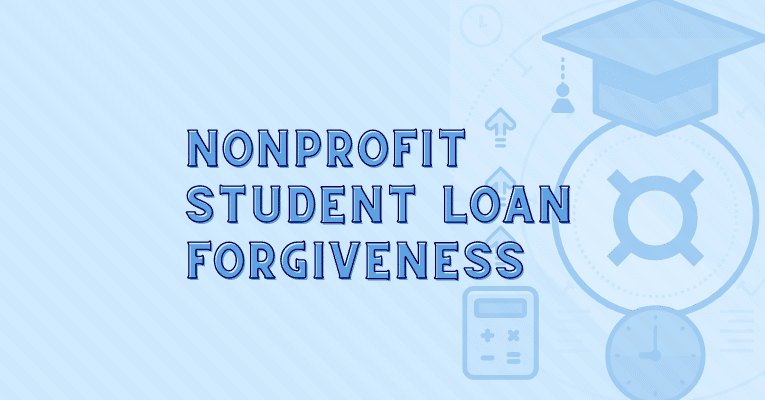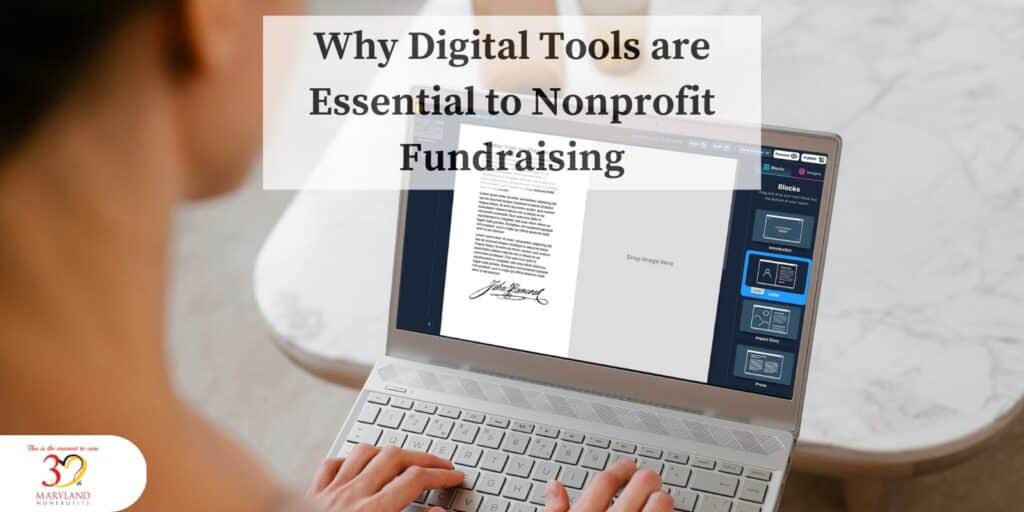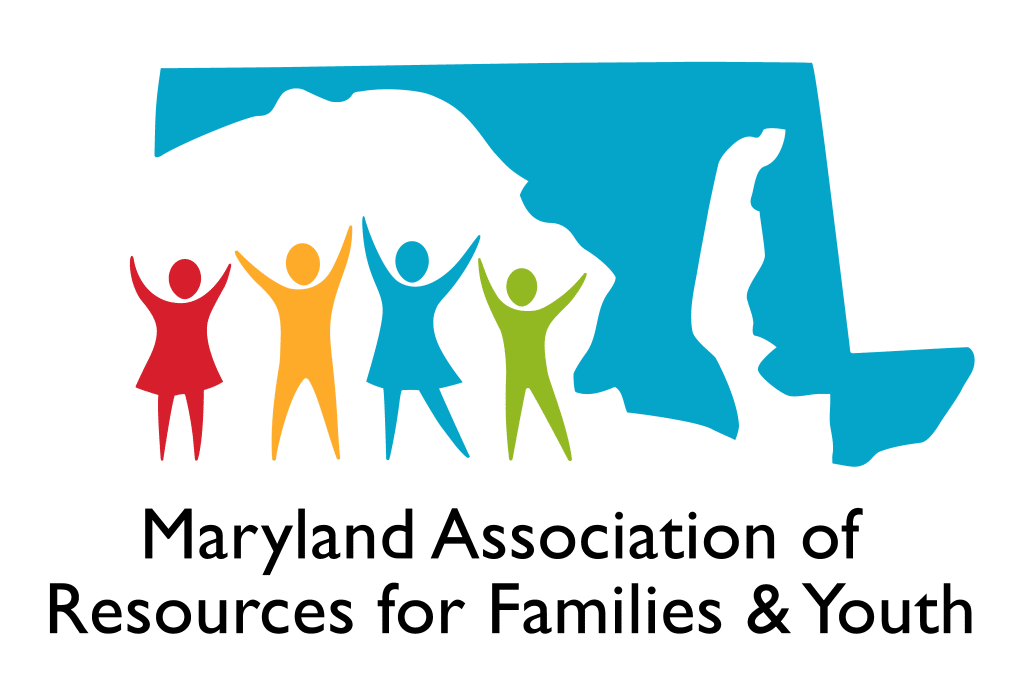Are you a recent college graduate of any level with loans that you have no idea how to pay off?
On Dec. 22, 2021, the U.S. Department of Education (ED) extended the student loan payment pause through May 1, 2022. However, you may also qualify to have your student loan debt forgiven.
You might be able to have your loans forgiven if you work for a nonprofit or government organization. The Public Service Loan Forgiveness program (PSLF) was created under the College Cost Reduction and Access Act of 2007 just for you!
To be eligible for this program, your monthly payment must be made for ten years, or 120 straight monthly payments, under a qualifying payment plan. The best way to find out if you are eligible is by using the PSLF service tool. If you are an employee of a nonprofit organization, act fast on this program to ensure your eligibility. Also, leaders in these nonprofit/government agencies should encourage their employees to use this tool and ensure that they are eligible before October 31, 2022.
The benefits provided for those that get accepted before October 31, 2022, are listed here, as you scroll down just slightly. One of the requirements to receive additional repayments toward PSLF is that you must have been working full time for the agency you applied under. Also, the payments must have been paid after October 1, 2007 (when the PSLF program began). To be eligible for these repayments, you must apply with the PSLF form and a Temporary Expanded PSLF form.
Qualifying payments do not need to be made consecutively. All that matters is that 120 payments are made while working full-time at qualifying organizations. You WILL NOT lose credit for previous payments made if you leave your current job or work for a for-profit in between qualifying organizations. As aforementioned, you must have made these payments after October 1, 2007, when the PSLF was created (If you worked for a nonprofit before 10/01/2007, these payments toward loans would not count as the PSLF did not yet exist).
Requirements and Guidance for Loans
One requirement for full-time employment is if you meet your employer’s definition of full-time employment (whatever that may be), or if you work over 30 hours per week. You can also qualify as working full time if you work multiple part-time jobs that combine 30+ hours. Time spent working for religious instruction, worship services, or proselytizing that is part of job responsibilities (working in a non-profit, of course) can possibly be eligible for meeting your requirements for full-time eligibility. Four types of employees with student loans should follow this specific guidance:
-
- Workers with Direct Federal Loans that have not applied for PSLF should determine whether their past/current/future employers qualify for the PSLF.
- Workers with federal loan(s) that are not direct (such as FFEL loans) should submit a consolidation application and a PSLF form.
- Workers who previously tried to certify employment for PSLF but were denied should submit a new form ASAP.
- Workers who do not know what kind of loan they have should log into their account on StudentAid.gov and head to the loan breakdown section to see the type of loan and if consolidation is necessary.
To make sure that you (or your employees) are eligible, use the Public Service Loan Forgiveness (PSLF) & Temporary Expanded PSLF (TEPSLF) Certification & Application.
The eligibility requirements for the PSLF are:
-
- You must be employed by a United States federal, state, local or tribal government, or nonprofit organization,
- Work full-time for the organization you are applying from,
- Have direct loans or other loans that can consolidate to a direct loan,
- Your loans must be repaid under an income-driven repayment plan (payments based on the amount of income you have),
- Make 10 years’ worth of payments (or 120 qualifying monthly payments).
Forms of Student Loan Forgiveness that are not PSLF
There are also more types of student loan forgiveness for nonprofit employees in addition to the PSLF. These may or may not be eligible for the repayment eligibilities for the plan made before Oct 31, 2022. If you work for a nonprofit, you most likely have a passion for something that helps our communities. These forgiveness programs can make it easier to fulfill your desires with the modest salaries that nonprofit employees earn. Also, AmeriCorps or Peace Corps participants are eligible to make payments in lump sums up to 12 expenditures total. The additional programs are:
- Teacher Loan Forgiveness ($5,000-$17,500)
- This loan repayment plan offers help toward paying off your student loans but will not cover the entirety of your loans. You may also need additional qualifications such as being highly specialized, licensed, or having a superior degree. Using the Teacher Cancellation Low-Income directory (TCLI) can help with finding out if you are eligible.
- Perkins Loan Teacher Cancellation (100% of student loan debt)
- Eligibility for this loan cancellation revolves around if you are at a nonprofit at an early education (K-8) public school that serves low-income families. This also applies for special education teachers or those working in a field with shortage of educators.
- In the first 2 years, 15% of loans are forgiven, in 4 years, 20% of loans are forgiven, and by year 5, 30% of loans are forgiven in this program.
- National Health Service Corps State Loan Repayment Program (Amount varies per state)
- This loan forgiveness program is for those that work in the public health field as health care clinicians. You must also work for 2 years full-time, or 4 years if part-time.
- Program eligibility and application materials for this program are found here.
- NHSC Substance Use Disorder Workforce Loan Repayment Program
- Application deadline is February 3, 2022 @ 7:30 PM. The application guidance is found here.
- This program is for those that work in Substance Use health professionals to promote recruitment and retention in the field of addictions work.
- NHSC Rural Community Loan Repayment Program
- This application is open until February 3, 2022 @ 7:30 PM. The application guidance is found here.
- This program is also based around those working to combat the opioid epidemic, but for those working in rural areas.
Resources:
- Information on Covid-19 Repayment pause to May 1, 2022 can be found here.
- US Department of Education fact Sheet
- Federal Student Aid Website
- Public Service Loan Forgiveness
- National Council of Nonprofits Report on Public Service Loan Forgiveness
- National Health Service Corps Loan Repayment programs
About the author:





